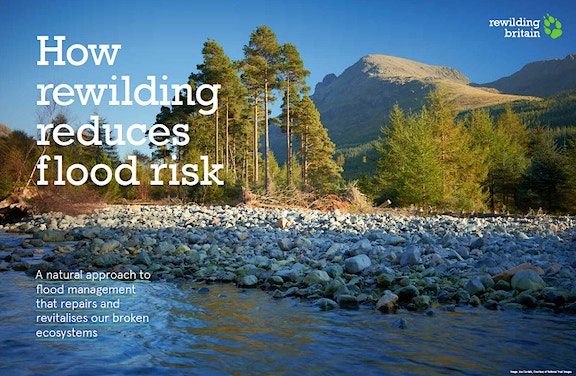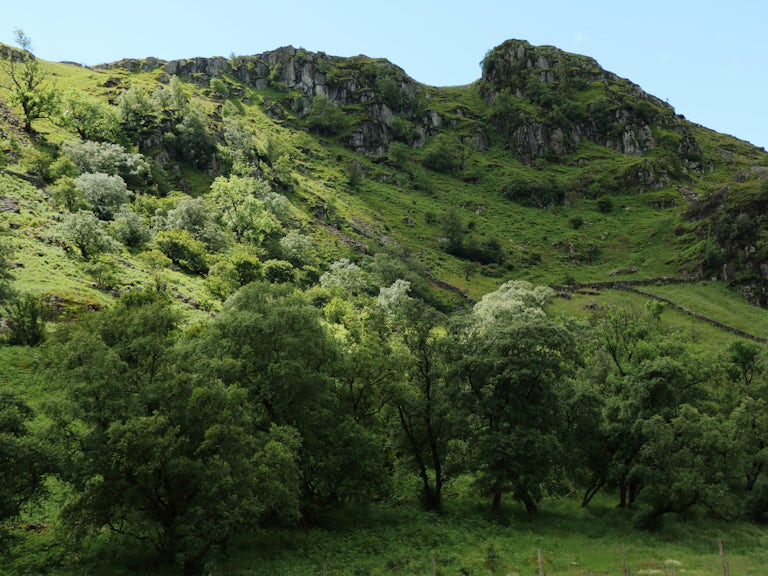Report: How rewilding reduces flood risk
A natural approach to flood management that repairs and revitalises our broken ecosystems

Rewilding has a crucial role to play in our efforts to reduce flood risk and adapt to the impacts of climate change. Rewilding projects are longlasting, involve communities in decision-making and improve areas for wildlife as well as people.
This report – published in September 2016 – looks closely at a wide range of examples and also considers findings from academic sources and NGOs. The overall conclusion is that rewilding can and does make a difference.
A diverse range of people and organisations are leading the way – showing what is possible. But we want to see faster delivery of more schemes like these.
We’re calling for:
To encourage more rewilding that helps with flood management we need:
- A policy framework that supports rewilding as a part of the package of measures needed to manage flood risk.
- More ring-fenced funding and signposting to novel funding opportunities.
- A very pro-active approach by Government agencies to incentivise good land and water management.
- An agency to take the lead on spreading good practice and guidance to landowners and communities affected by flooding so that they understand how working with nature can help.
- Local people to be at the heart of decision making on flood management
- A programme of beaver reintroduction
- Open access data to enable the best possible decision-making on priorities and funds.

A natural approach to flood management
Download pdf


